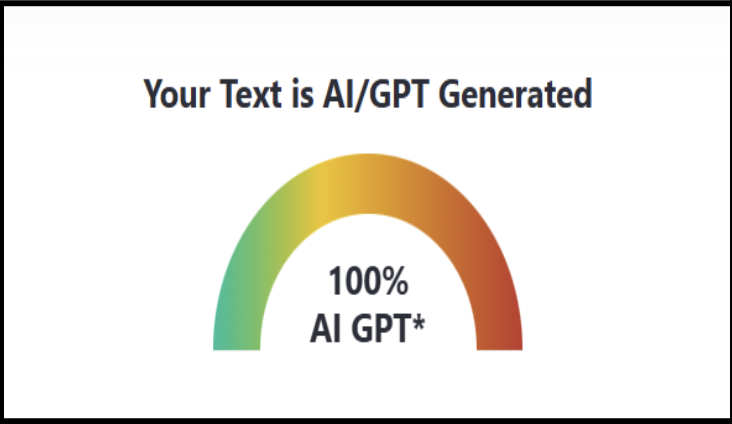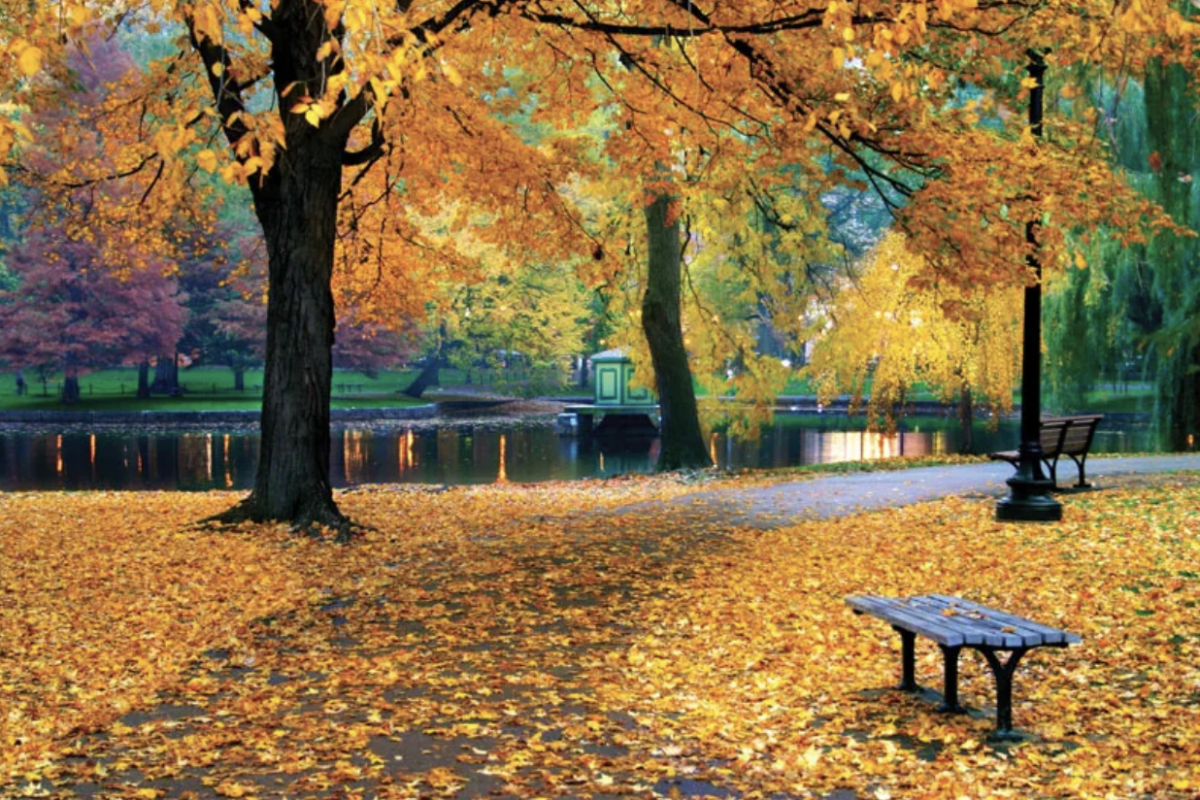Imagine this: you’re walking down a neighborhood, and the sounds of birds chirping are muffled by construction noises. The once traditional, cozy house was demolished for a sleeker, modern style that is playing out in many cities across the country.
Neighborhoods used to be full of character, with all houses having their own distinct personalities. Some were old and full of character, while others were newer but still fit into the neighborhood’s charm. However, as house demand shifts, more and more of these styled houses are being replaced by new and sleek designs, seemingly erasing the past. The debate over architectural preservation versus progress is heating up.
This shift isn’t by accident; rising values, developer interests refers too the design of modern architecture impacting the property value. People changing tastes are causing the reshaping of neighborhoods. People often find that restoring a traditional home costs more than just tearing it down and building something more in style. In many places. Zoning laws make it much easier to construct new modern houses than to renovate traditional homes. Modern architecture has its own appeals, such as energy efficiency, open floor plans, and low-maintenance materials. Many people argue that it comes at the expense of character and history.
“It’s like watching the soul of our neighborhood disappear,” says Mark Ellison, a resident of Woodbridge Neighborhood in Detroit, Michigan, once a quaint district lined with modern box shaped houses.
Architects have mixed feelings, Richard Florida, an urban studies theorist known for his work on the creative class, argues that modern architecture attracts talent and innovation into cities. Others think that a balance can be struck by having modern elements while also preserving traditional homes. Some cities, such as Charleston and Savannah, have strict regulations in place to protect historic homes, while many others have only a few barriers to demolition.
At the core of the issue is the question of what makes a neighborhood special. Is it the people, the buildings, or a combination of both? While some enjoy the design of modern homes, others may see it as erasing history in favor of profit and uniformity.
For homeowners considering the fate of an aging house, there’s no easy answer. But as more and more traditional homes disappear, the neighborhoods of the past are fading, replaced by a new style, one that may define the future but also at the cost of the past.
“These new homes might be practical, but they don’t feel like they belong here,” says Ellison.








